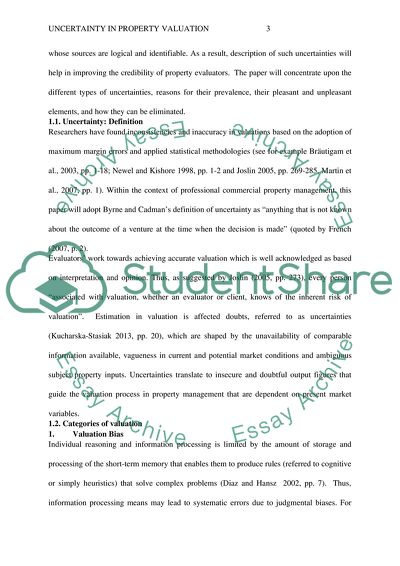Cite this document
(The paper Eliminating Uncertainty in Commercial Property Valuation Essay, n.d.)
The paper Eliminating Uncertainty in Commercial Property Valuation Essay. Retrieved from https://studentshare.org/miscellaneous/1854980-uncertainty-in-property-valuation
The paper Eliminating Uncertainty in Commercial Property Valuation Essay. Retrieved from https://studentshare.org/miscellaneous/1854980-uncertainty-in-property-valuation
(The Paper Eliminating Uncertainty in Commercial Property Valuation Essay)
The Paper Eliminating Uncertainty in Commercial Property Valuation Essay. https://studentshare.org/miscellaneous/1854980-uncertainty-in-property-valuation.
The Paper Eliminating Uncertainty in Commercial Property Valuation Essay. https://studentshare.org/miscellaneous/1854980-uncertainty-in-property-valuation.
“The Paper Eliminating Uncertainty in Commercial Property Valuation Essay”, n.d. https://studentshare.org/miscellaneous/1854980-uncertainty-in-property-valuation.


